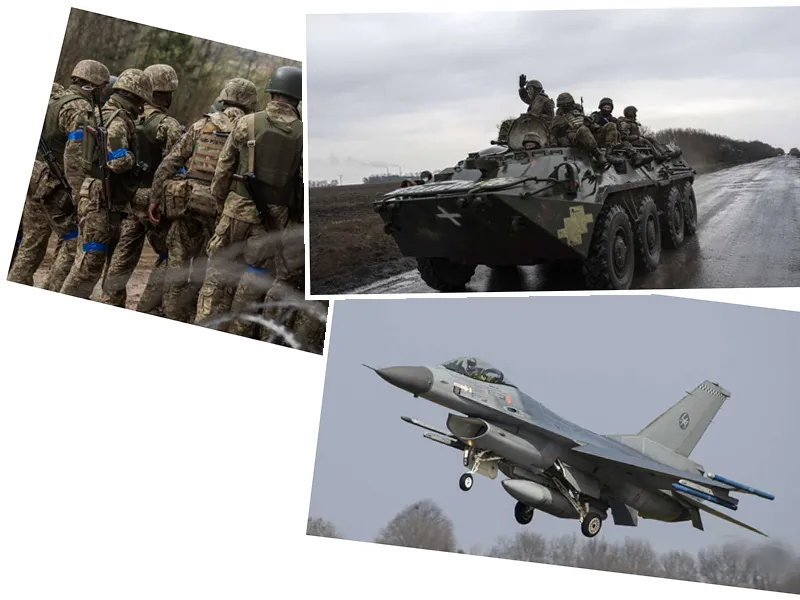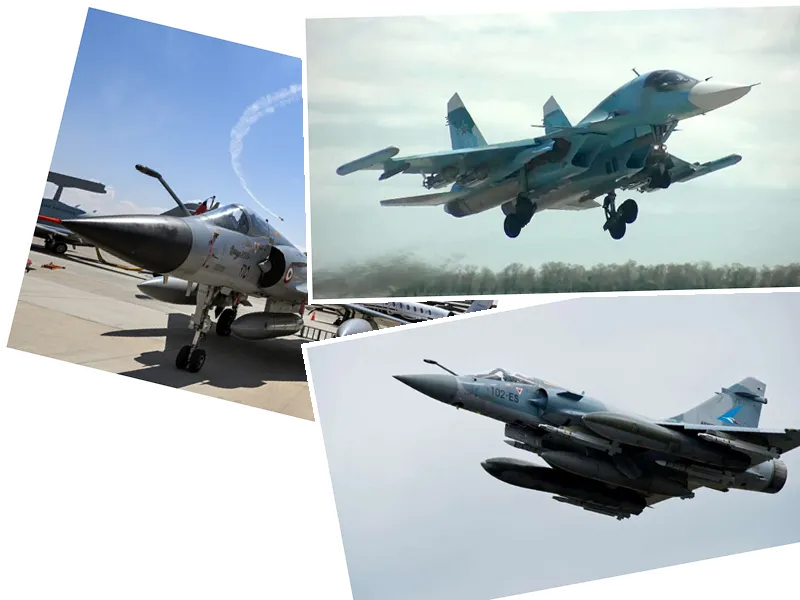The ongoing conflict between Ukraine and Russia has seen a significant escalation, particularly with the introduction of F-16 fighter jets into the Ukrainian arsenal. These jets, which were previously viewed as a beacon of hope for Ukraine's defense, have begun to play a crucial role in repelling Russian attacks. Recent reports indicate that the F-16s have successfully participated in combat missions, helping to mitigate the impact of Russia's latest air strikes on Ukraine. However, the operational capabilities of these jets are currently hampered by logistical challenges, including a limited number of aircraft and qualified pilots. As of now, only ten of the nearly 100 promised F-16s have been delivered to Ukraine, and experts warn that a fully operational fleet may not be realized until late next year. This delay poses a significant risk as Russian forces continue to capitalize on Ukraine's vulnerabilities, launching targeted attacks on military infrastructure. President Zelenskyj has acknowledged the effectiveness of the F-16s in recent engagements but has also highlighted the urgent need for additional fighter jet deliveries from Western allies. As the situation evolves, Ukraine may need to employ innovative strategies, such as using decoys, to protect its valuable F-16s from Russian targeting.
In a related development, a Ukrainian drone attack has caused a fire at a fuel depot in Russia's Rostov region, further intensifying the conflict. The regional governor reported that the attack resulted in no injuries, but it signifies Ukraine's ongoing strategy of targeting Russian energy facilities as a form of retaliation for the destruction of its own energy infrastructure. This drone strike is part of a broader pattern of Ukrainian operations aimed at undermining Russia's logistical capabilities, illustrating the dynamic and increasingly aggressive nature of the conflict.
- The introduction of F-16 fighter jets into the Ukraine war marks a pivotal moment in the conflict, as these advanced aircraft are expected to enhance Ukraine's defensive and offensive capabilities significantly. However, the operational challenges associated with these jets cannot be overlooked. The maintenance requirements and the need for skilled pilots mean that Ukraine must accelerate its training programs and streamline logistics to fully leverage the capabilities of the F-16s. Furthermore, the geopolitical implications of this military support from Western nations raise questions about the future trajectory of the conflict and the potential for escalated responses from Russia.
- The drone attack on the fuel depot in the Rostov region highlights the ongoing tit-for-tat nature of the conflict, with Ukraine increasingly targeting Russian supply lines. This strategy not only aims to disrupt Russian operations but also serves as a psychological tactic to demonstrate Ukraine's reach and resilience. As both sides continue to engage in aggressive military actions, the humanitarian toll and the broader implications for regional stability remain a pressing concern.






